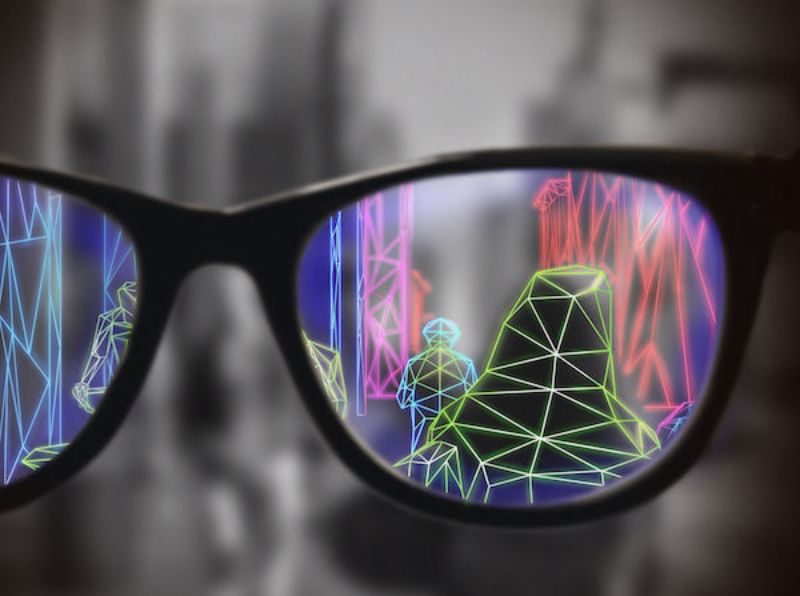
A new type of adapted augmented reality (AR) glasses by the Keck School of Medicine of the University of Southern California (USC) have improved mobility and grasp performance in a study of retinitis pigmentosa patients.
Existing wearable VR technologies for low vision are limited and difficult to use, claimed the researchers.
The new AR glasses leverage assistive technology to improve but not replace the natural senses. The system is designed to project bright colours corresponding to surrounding obstacles onto the user’s retinas.
Simultaneous location and mapping were used to enable the glasses to render the three-dimensional (3D) structure of a room in real-time.
This information is converted into a semi-transparent, coloured visual overlay, which highlights potential obstacles with bright colours to allow spatial and depth insights for patients with constricted peripheral vision.
Keck School Mark Humayun’s research laboratory study project lead Anastasios Angelopoulos said: “Patients with retinitis pigmentosa have decreased peripheral vision and trouble seeing in low light, which makes it difficult to identify obstacles and grasp objects. They often require mobility aids to navigate, especially in dark environments.
“Through the use of AR, we aim to improve the quality of life for low vision patients by increasing their confidence in performing basic tasks, ultimately allowing them to live more independent lives.”
During the study, patients were required to wear the AR glasses and navigate through an obstacle course built on a functional test validated by the US Food and Drug Administration (FDA).
Researchers monitored the number of times participants made contact with obstacles and time taken to complete the course.
An average of 50% decrease in collisions was observed with the adapted AR glasses.
Also, patients demonstrated a 70% increase in grasp performance when clasping a wooden peg placed behind four other pegs on a black background.
The team noted that the adapted AR technology could couple with commercially available devices.



